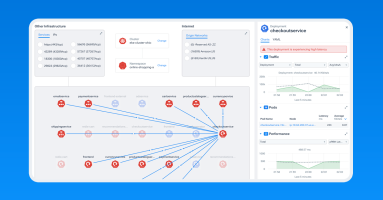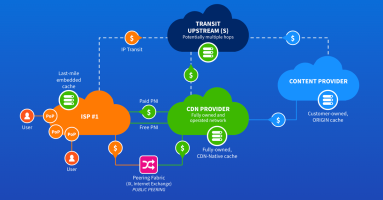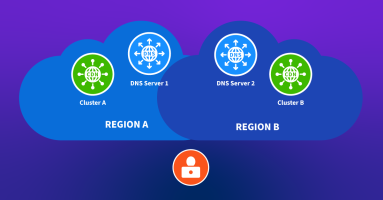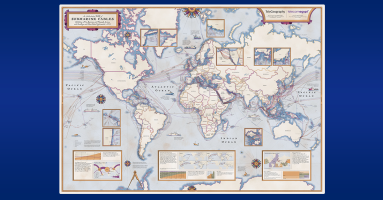Kentik Blog: Network Infrastructure
























In leaf-spine data center networks, traffic often becomes imbalanced, leaving some uplinks idle and resulting in wasted bandwidth. Kentik helps engineers identify underutilized paths, diagnose the causes, and take corrective action using enriched telemetry, visual topology maps, and intelligent alerts, turning hidden inefficiencies into actionable insights.
Cloud costs are spiraling out of control at companies of all sizes. Here’s how to not let your cloud infrastructure costs handcuff your business.
Kentik Kube provides network insight into Kubernetes workloads, revealing K8s traffic routes through an organization’s data centers, clouds, and the internet.
Learn all about the most common challenges enterprises face when it comes to managing large-scale infrastructures and how Kentik’s network observability platform can help.
SD-WAN is a reliable, fast, and secure WAN network. In this guide, you’ll learn some best practices for planning, monitoring, analyzing, and managing modern SD-WANs.
When your business is all about providing cloud services at the edge, optimizing the quality of your network connectivity is paramount to customer success. Learn how StackPath saved $3 million and optimized their network performance by using Kentik.
Today’s modern enterprise WAN is a mix of public internet, cloud provider networks, SD-WAN overlays, containers, and CASBs. This means that as we develop a network visibility strategy, we must go where no engineer has gone before to meet the needs of how applications are delivered today.
This guide explores the benefits of embedded caching for ISPs and discusses deployment optimization strategies and future trends in CDN technology. Embedded CDNs help reduce network congestion, save costs, and improve user experiences. ISPs must carefully plan their deployment strategies by considering how each of the CDNs distributes content and directs end-users to the caches. They need to know both the CDNs and their network architecture in detail to build a successful solution.
Content delivery networks are an important part of the internet, as they ensure a short path between content and the consumers. The idea of placing CDN caches inside ISPs networks was created early in the days of CDNs. The number of CDNs with this offering is growing and ISPs all over the world take advantage of the idea. This post explains how this works and what to look out for to do it right.
Under the waves at the bottom of the Earth’s oceans are almost 1.5 million kilometers of submarine fiber optic cables. Going unnoticed by most everyone in the world, these cables underpin the entire global internet and our modern information age. In this post, Phil Gervasi explains the technology, politics, environmental impact, and economics of submarine telecommunications cables.









